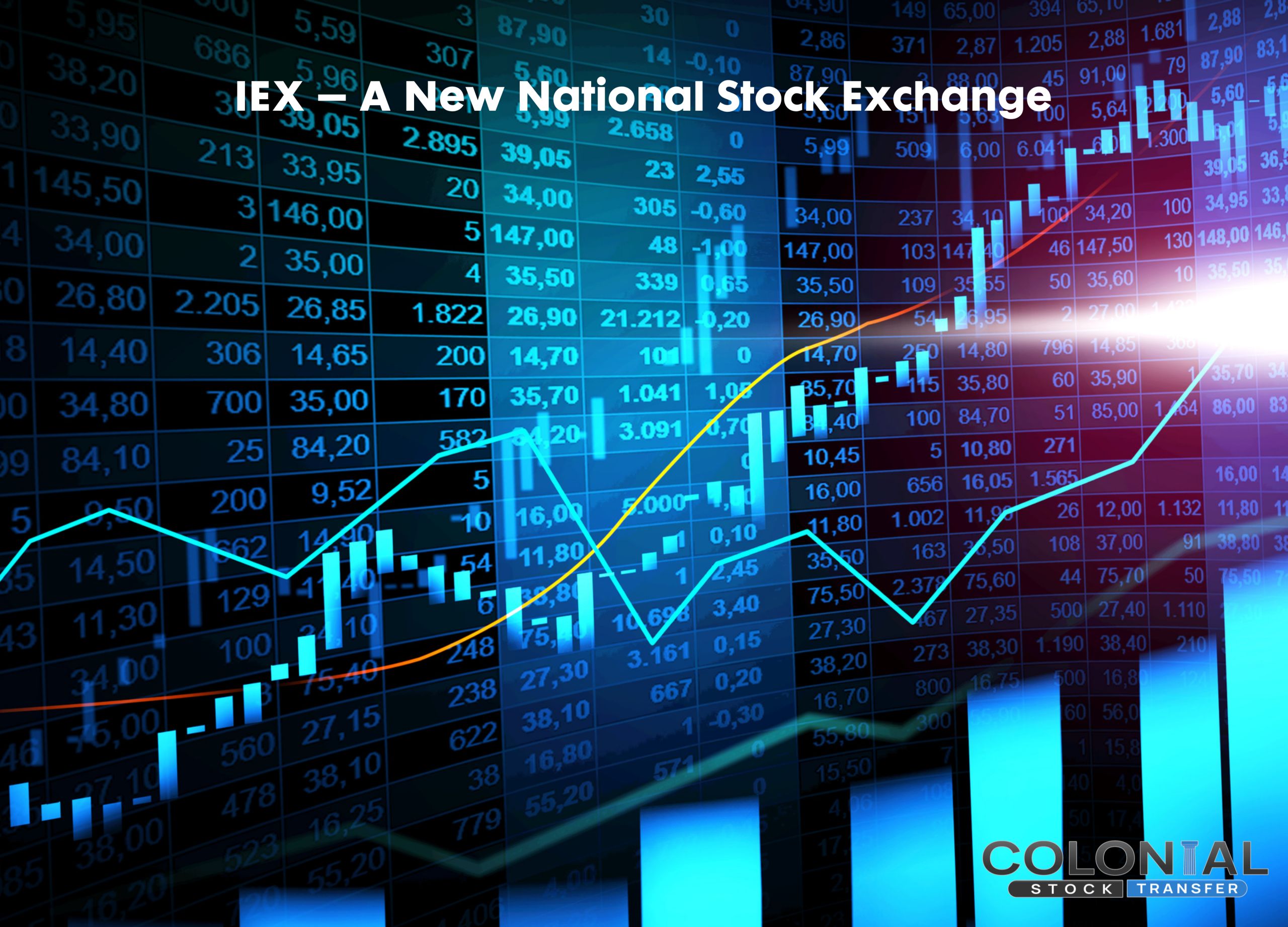
On June 17, 2016 the SEC approved IEX as a national stock exchange. The approval marks the first time since July 2013 that the SEC has sanctioned a new trading exchange.
What is IEX?
IEX stands for Investors’ Exchange and is a national stock exchange designed to slow down trades used by high-frequency traders in order to better protect investors. In today’s common markets, like the NASDAQ and NYSE, high-frequency traders are able to process trades several microseconds faster than the traditional investor. While a few microseconds may not seem like much to the average person, even a few microseconds allows high-frequency traders to buy up the bulk of shares before the investor can, at reduced prices. It can also allow high-frequency traders to find out about certain trades before an average trader and allows them to react to those trades before others even know they exist. IEX is attempting to change this unfair advantage by purposely slowing down trading by implementing a “speed bump”. All trades completed on the IEX exchange will first go through a 38-mile coil of fiber optic cable, delaying a trade by 350 microseconds which allows for fair trading. The “speed bump” imposed by IEX will apply to all IEX users and cannot be bypassed for any reason, further strengthening investor protection.
History
IEX was founded by Brad Katsuyama in 2012. While working for the Royal Bank of Canada (RBC), Brad noticed that when placing large trades that could not be filled on one exchange, high-frequency traders would buy the rest of the shares before the original order arrived at the second exchange. Once the order arrived at the second exchange the high-frequency trader would then sell the rest of the shares to fulfill the order at a higher price than was originally available. Brad wanted to change this practice and after leaving RBC he founded IEX. Originally IEX was a FINRA registered broker dealer that opened for its first day of trading on October 25, 2013 as an Alternative Trading System operating in dark pools, which are private exchanges for trading securities. IEX gained momentum going from 568,000 shares on its first day to 466 million shares by January 2016.
On August 21, 2015, IEX filed with the SEC to become a registered national exchange. IEX faced major opposition from existing exchanges include the NYSE and NASDAQ, as well as from high-speed trading firms. These entities lobbied heavily against IEX becoming a national exchange. During the SEC 45 day open comment period for IEX, they received over 330 comment letters, which is the highest amount for any exchange. As a result of the large response, the SEC requested more time to review the comments, which pushed out the original decision date of December 21, 2015. The final approval came from the SEC on June 17, 2106.
Future
Now that IEX is a national stock exchange, brokers will be forced to use the exchange if it offers the best prices. They feel that with their slower market strategy, they will bring back long-term investors to public markets by making them feel protected in their investments. IEX plans to implement trading in all stock symbols on September 2, 2016, discontinuing any operations in dark pools. In two years the SEC staff will complete a study of the IEX exchange and their intentional delay to determine if it affects market quality. The SEC will then decide if any further action is needed in regards to IEX.



